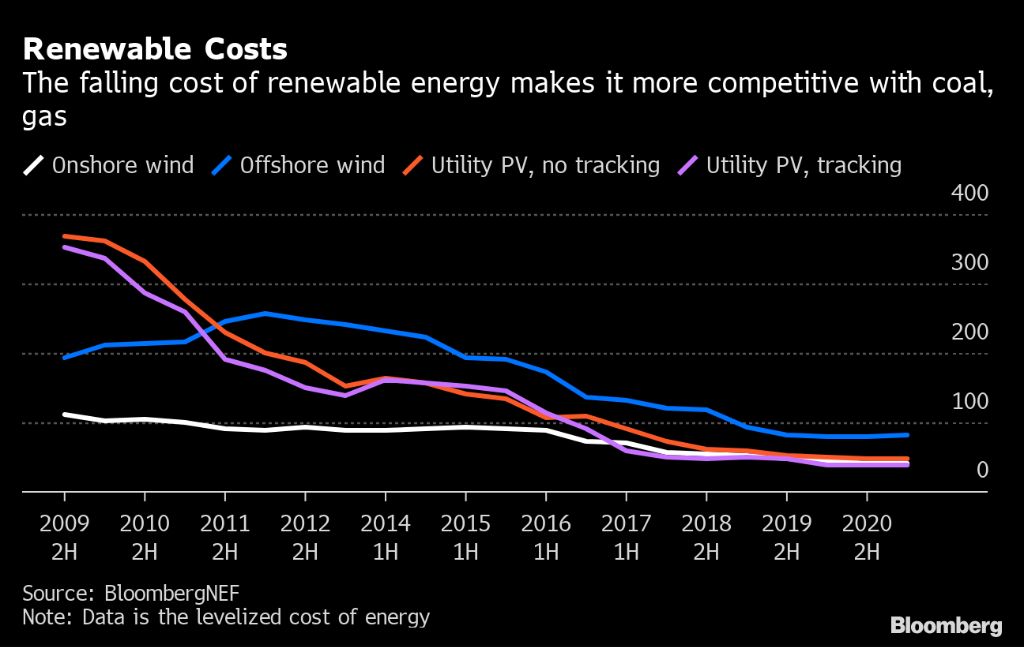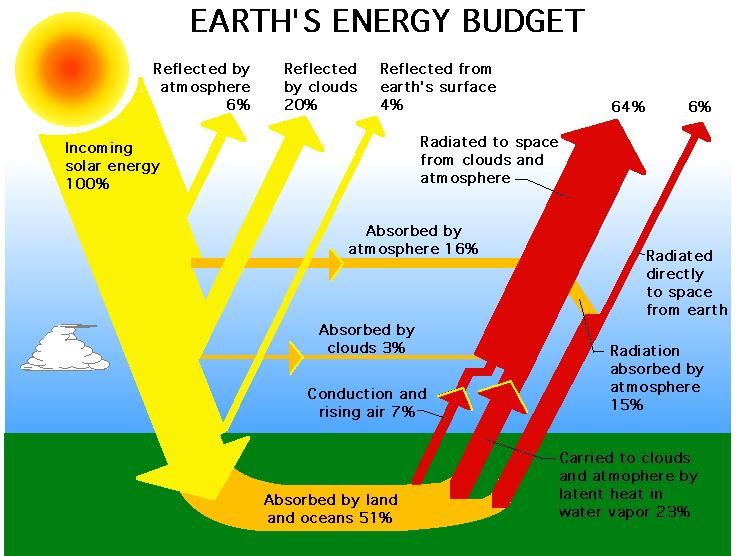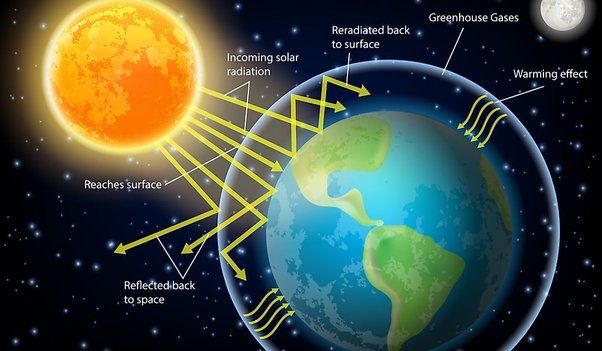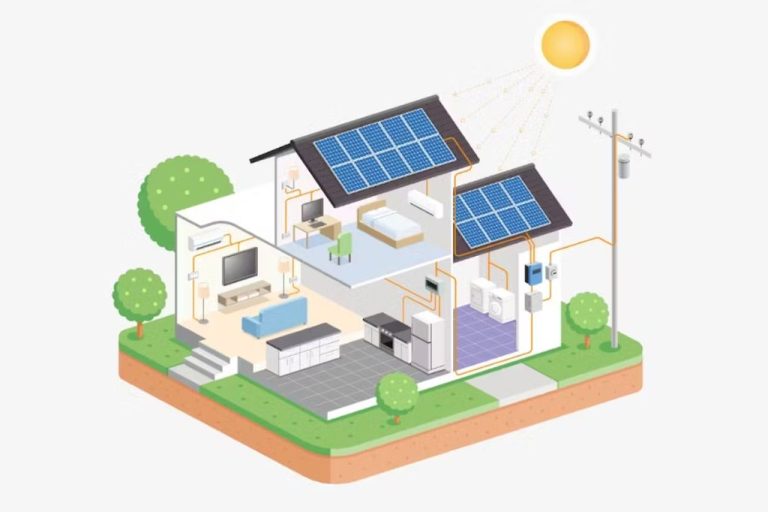Is Renewable Energy Cheaper Than Coal

Renewable energy sources like solar and wind are becoming cheaper in many places around the world compared to traditional energy sources like coal. This is primarily due to improving technologies and economies of scale lowering the costs of renewable energy. In this article, we will examine the factors that are making renewable energy more cost competitive with coal and other fossil fuels.
The key thesis is that renewable energy is becoming cheaper than coal in many parts of the world due to improving technologies and economies of scale. The introduction sets the stage for examining the evidence to support this claim throughout the rest of the article.
Cost Declines in Renewable Energy
Solar, wind, and battery storage costs have declined dramatically in the last decade. According to a 2023 report from BloombergNEF, costs for wind power and battery storage continued to decrease from 2022 levels due to cooling commodity prices offsetting more expensive debt. They found onshore wind costs fell around 15% and utility-scale solar PV fell around 13% in 2022.
Analysis from CleanTechnica in 2023 highlights how solar and battery costs have fallen 80% between 2012 and 2022. During the same period, offshore wind costs declined 73% and onshore wind 57%. A 2017 report from IRENA showed solar PV modules experienced 18-22% learning rates, with module prices decreasing 20% for every doubling in installed capacity.
These substantial cost reductions for renewable energy technologies like solar, wind, and batteries have made them increasingly competitive with fossil fuel energy sources.
Levelized Cost of Electricity
The levelized cost of electricity (LCOE) estimates the total cost of building and operating an energy plant over its lifetime per unit of electricity generated. This allows comparing different technologies with different cost structures and project lifetimes on an equal basis. According to IRENA, the global weighted-average LCOE of onshore wind declined 15% year-over-year in 2021 and is now competitive with the cheapest new fossil fuel-fired capacity[1]. Similarly, utility-scale solar PV fell 13%, making it comparable to natural gas combined cycle power plants. In contrast, coal-fired power remains expensive, with LCOE 2-5x higher than the cheapest renewable alternatives.
The continued cost declines for renewables mean they have reached grid parity in most major markets. According to Our World in Data, onshore wind and solar PV are now the cheapest sources of new electricity generation across two-thirds of the world[2]. With renewables as cheap as or cheaper than fossil fuels, the economic case for transitioning the world’s power grids is stronger than ever.
Grid Parity
Grid parity occurs when an alternative energy source, such as solar or wind, can generate electricity at a levelized cost equal to or less than power from the electricity grid without subsidies (1). In areas with abundant solar or wind resources, the levelized cost of electricity (LCOE) from renewable sources can be cheaper than electricity from fossil fuels. According to one analysis, wind and solar reached grid parity in several regions as early as 2014 (2).
The key factors enabling renewable energy sources to reach grid parity include technology improvements leading to declining costs, rising fossil fuel prices, and high capacity factors in areas with good renewable resources. In regions with a lot of sun or consistent wind, renewables can generate a high percentage of their maximum potential output, meaning the electricity costs per unit are lower.
Reaching grid parity represents an important milestone, showing renewables can compete directly with conventional power on cost. However, grid parity alone does not mean renewables will suddenly supply a majority of electricity. Other factors like grid integration, storage, and transmission remain challenges.
Capacity Factors
Capacity factors measure how often an energy infrastructure runs at rated capacity over a given time period. Renewable energy sources like solar and wind have historically had lower capacity factors than fossil fuels like coal due to their intermittent nature. However, capacity factors for renewable energy are improving as grid operators use better forecasting tools and energy storage solutions to smooth out variable renewable generation. According to a 2022 study, the average capacity factors for solar and wind increased substantially over the last decade, reaching 27% and 35% respectively in 2020. With continuing advancements in grid flexibility, storage, and renewable energy generation, capacity factors are expected to continue improving. This makes the overall costs of renewable energy more competitive with conventional fuels.
Externalized Costs
While the levelized cost comparisons discussed above focus strictly on direct costs, there are substantial externalized costs that make fossil fuels more expensive for society. Externalized costs are real costs associated with energy production that are not included in the market price of electricity or reflected in utility bills
For example, a UCSUSA report estimates US fossil fuel electricity imposes $74.6 billion per year in health and environmental costs ($36.5 billion from coal, $27.2 billion from natural gas, and $10.9 billion from oil). These externalized costs are equivalent to over 4 cents per kWh, about one-third the LCOE of fossil fuel electricity.
Major externalized costs of fossil fuels include premature deaths from air pollution exposure, healthcare costs from fossil fuel-related illnesses, and environmental impacts like habitat loss and water pollution from resource extraction. Renewable energy has minimal externalized costs in comparison.
By accounting for externalized costs, the true price tag of fossil fuel electricity generation increases substantially. Renewable energy’s environmental and health advantages make it more cost-competitive than traditional LCOE comparisons indicate.
Subsidies
Global subsidies for fossil fuels far exceed those for renewable energy sources. According to a 2021 report by Human Rights Watch, fossil fuel subsidies totaled $5.9 trillion in 2020, while renewable energy subsidies were estimated at $100 billion [1]. The IMF also found that fossil fuel subsidies represented 3.8% of global GDP in 2015, while renewable subsidies were only 0.2% [1]. This massive disparity creates an uneven playing field that benefits fossil fuel energy production over renewable energy.
Removing fossil fuel subsidies would help level the playing field and allow renewable energy to become more cost competitive. According to an analysis by Nature, phasing out fossil fuel subsidies could reduce global carbon emissions by 10% by 2030 [2]. The elimination of subsidies would raise costs for fossil fuel production and make renewable sources more economically viable by comparison.
New Technologies
Emerging renewable technologies like floating offshore wind and solar thermal will open up new low-cost resources.[1] Floating offshore wind farms allow wind turbines to be installed in deeper waters further from shore where winds are stronger and more consistent. Companies are developing floating platforms that support wind turbines in deep waters in an economical way. This expands opportunities for offshore wind. Concentrated solar power (CSP) uses mirrors to concentrate sunlight to drive traditional steam turbines or engines that create electricity. New high temperature CSP technologies allow energy storage so CSP can provide dispatchable renewable electricity. Advances are also being made in energy storage, smart grid, and other technologies to support the integration of variable renewables like solar and wind onto the electric grid.
Developing Nations
Renewable energy can provide low-cost, distributed power to expand electricity access in developing countries. Over 1 billion people worldwide lack access to electricity, with the majority concentrated in sub-Saharan Africa and developing Asia.[1] Renewable mini-grid and off-grid solutions like solar home systems are well-suited for rural electrification and enabling economic development. The modular and scalable nature of renewables allows developing countries to expand electricity infrastructure in a sustainable, cost-effective manner.
Morocco is a leading example, targeting 52% renewable electricity by 2030 as part of its low-carbon development strategy.[2] The country is investing heavily in solar and wind power to meet rising demand and transition away from imported fossil fuels. Likewise, Costa Rica already derives 98% of its electricity from renewables, demonstrating the viability of high renewable penetration in small developing economies.[3] With plunging prices and technological advances, renewables are poised to transform energy access and growth across the developing world.
Conclusion
In summary, the costs of renewable energy technologies like solar and wind have declined substantially in recent years to become cost competitive with coal and other fossil fuel sources. Improvements in technology, manufacturing, scale, and experience have allowed renewables to achieve dramatic cost reductions. though there is some regional variation, analyses show that adding new renewable energy capacity is frequently less expensive than continuing to operate existing fossil fuel plants. While fossil fuels have traditionally benefited from subsidies and externalized costs, the economics increasingly favor renewables. With more technological advances and deployment, renewables are poised to become even more cost effective in the future. Though intermittency and storage remain challenges, renewables coupled with demand management can provide least cost electricity in many areas. Overall, renewable sources now provide a financially viable path to reducing carbon emissions from power generation.







